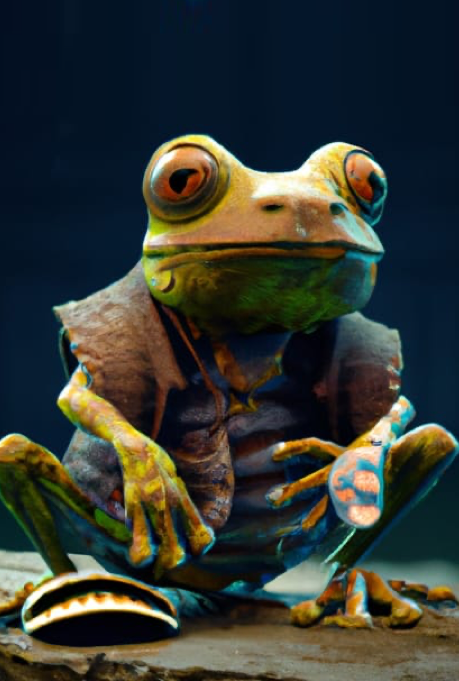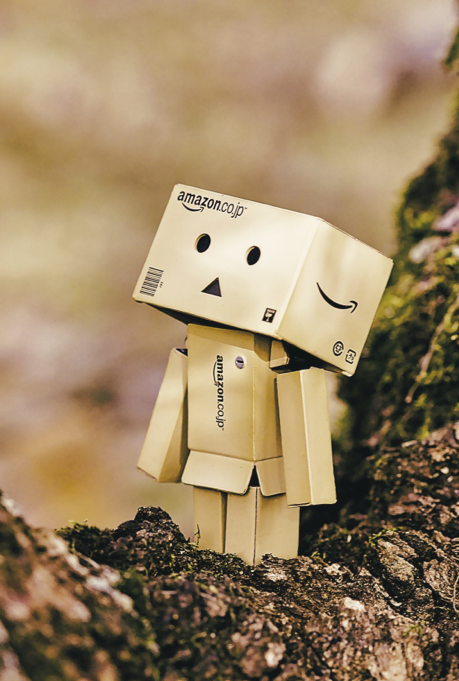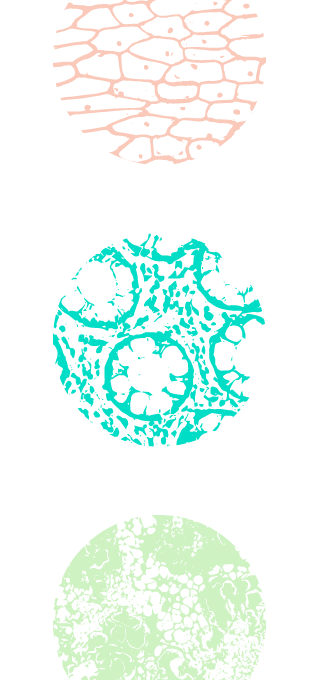AI + Design

The role of us designers is to intentionally shape the world around us with the resources we have available. And the world we live in is increasingly shaped by data sets, algorithms, and pre-trained models. As AI & Machine Learning are entering every industry and area of life, we can no longer afford to limit the development of these systems to the domain of engineering.
As designer and AI expert Nadia Piet wrote, there are several new practices emerging at the intersection of AI and design. For instance, we can design with AI, seeing AI as a design tool to create human-machine collaborations with creative output. We can design for AI, seeing AI as a problem solver to integrate human-centered design practices into the AI development process. And finally, we can look at the design of AI, where we see AI as a design material to explore how to shape the UX/UI and user interaction with AI systems.
According to neurotechnologist and CEO of the AI Responsibility Lab, Ramsay Brown, the intersection of AI and design is growing so rapidly that designers should prepare themselves for new roles. An example is Prompt Designers, who specialize in giving AIs instructions by writing prompts.
The meeting point of AI and design opens up a series of questions, such as; Why, when, and how should we build AI systems? What do designers need to learn about AI/ML? How do we design human-centered AI? What does designing actually mean in the age of AI? How will users interact with the AI systems we built? Who owns and takes credit for art when it’s made with an AI, from an often pre-existing dataset and open-source model? Should we use computers to imitate best practices or incorporate randomness instead? This young but rapidly growing field offers exciting opportunities for designers to get involved and make an impact, which we intend to explore at Design Matters Tokyo 23.

AI + Design
Planet-centric design

The ability to think beyond and shape our environments is what makes us human. We have pushed the boundaries of our environment for centuries, not realizing the cost of our impact.
In the past decade we have nailed human-centric design. Many design methodologies are specifically geared towards humans – think of personas, user journeys, and stakeholder maps. We got so good at optimizing everything for convenience, efficiency, distraction, and even addiction, focusing on human stakeholders, but never on planetary stakeholders. We’re also seeing the faults of Capitalism, a system whose success is defined by infinite growth. Which is not feasible, as we depend on resources that are finite.
This prompts designers to rethink the concept of desirability and to redefine the futures we want. Planet-centric design puts individual human needs on the same level as planetary needs. It is not anti-human, but it gives voice to all the things that can’t talk. It focuses on durability, intensity, trust, and relationships – dimensions that are hard to measure, but matter no less. This type of approach can help us find new ways to inform design decisions, foster growth through degrowth, integrate science into design, and handle crises – e.g. housing, climate, wars, scarcity of resources.
It is no longer just a matter of designing delightful and lovable experiences, but to consider the overall impact our work has on society and the environment. We may ignore the news and continue our design practice as it is for now, but if we recognise the influence and responsibility we have as designers, we will soon realize that the need to ensure the planet-centeredness of design is urgent. The outputs of design must be responsible, systemic and transparent. Creating awareness of who our design will affect should become an essential aspect of our design practice.
At Design Matters Tokyo we will explore this topic and answer questions like; How can we build responsibility into every step of the development process to anticipate consequences and ensure inclusivity? How can we include a planet-centric approach in our design practice? How can we make the voices of non-human actors be heard? How do we define success from a planet-centric perspective?

Planet-centric design
Designing for well-being

It is given that designers hold a fundamental role in helping people navigate and interact with the world. But there are a plethora of other areas where the work of designers can truly make a difference. If a space is designed well – imagine an airport that is easy to navigate – we feel comfortable, relaxed, if not even happy. If an app is designed well, we save up time, avoid useless frustration, and maybe even have fun. Even if small, seamless and hindrance-free experiences affect our everyday life and ultimately our well-being.
Well-being manifests itself in seven dimensions: mental, physical, social, financial, spiritual, vocational, and environmental. Therefore, it is not surprising that emerging fields of design are looking at the direct connection between good design and positive health and well-being outcomes. Biophilic Design, for instance, embraces the idea of bringing the outside world in and connecting people with the natural environment. There are several studies showing that contact with nature can improve our mood, reduce our anxiety, sharpen our cognitive function, and increase feelings of happiness and creativity. In hospital patients, it is being documented as speeding up recovery time. It’s also been shown how the Japanese shinrin-yoku (forest bathing) has positive physiological effects.
Designing an environment that promotes well-being doesn’t only look at the physical characteristics of a space, but also at its intangible aspects; for example, its core values, a mindset of openness and respect, work-life balance, financial security, a supportive culture (if we think about work environments), or fairness and justice (if we think about social systems). At Design Matters Tokyo we will look into a series of questions such as; How can designers help shape environments that are welcoming and inclusive for all? How can we design for mindfulness – vs addiction? How can design help promote diversity and equality? How can we utilize design to give voice to the voiceless?

Designing for well-being
The Themes
Every year, Design Matters digs deep into three topics that are relevant to the design industry and community. The talks and workshop of the conference revolve around three themes, which are discussed and decided with the help of an international Committee of designers and previous speakers.

